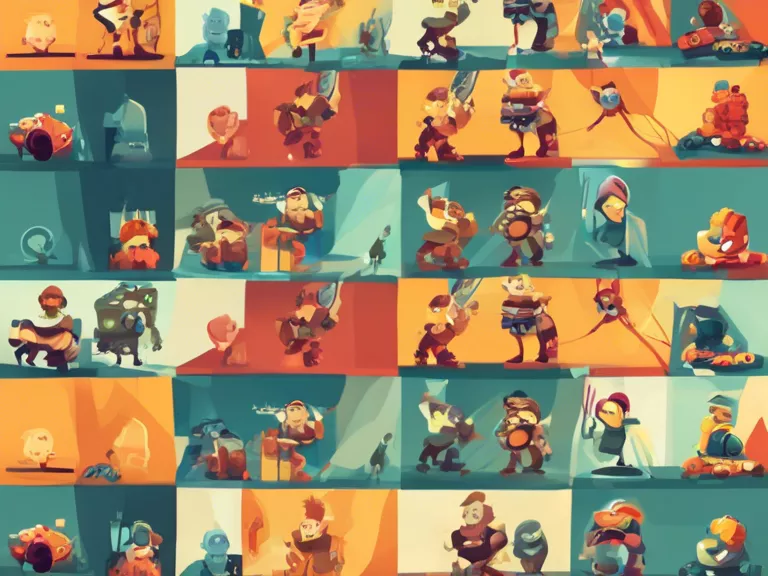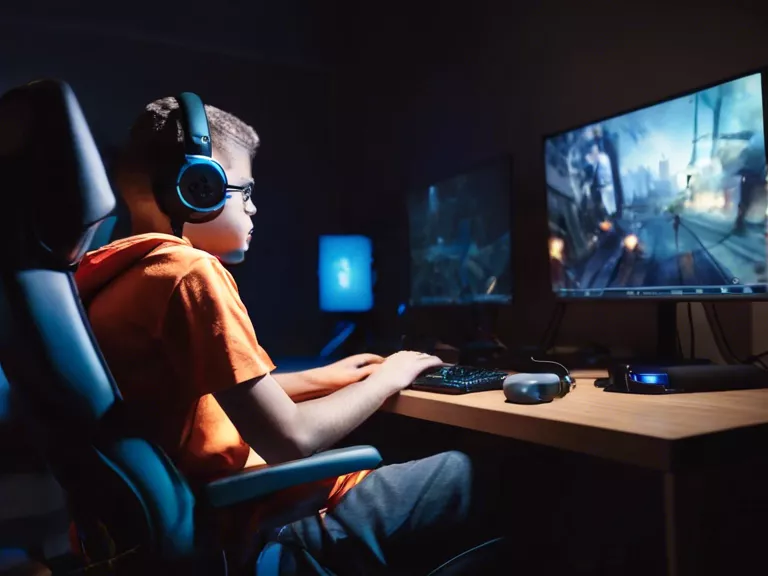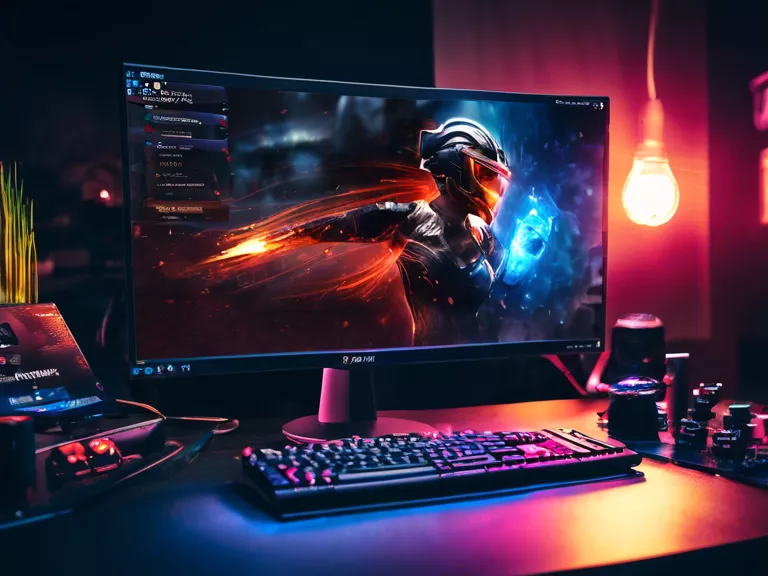
Designing a multiplayer game with balanced competitive play is crucial for creating an engaging and fair gaming experience for players. In this article, we will discuss the best practices for game designers to keep in mind while developing multiplayer games that prioritize balanced gameplay.
When designing a multiplayer game, it is essential to consider the following best practices:
Balanced Character/Unit Design: Each character or unit in the game should have strengths and weaknesses that are balanced with other characters or units. This ensures that no single character is overpowered, leading to a more competitive and fair gameplay experience.
Skill-Based Matchmaking: Implementing skill-based matchmaking ensures that players are matched against opponents of similar skill levels. This prevents experienced players from dominating new or casual players, maintaining a balanced and competitive environment for all players.
Regular Updates and Balancing: Continuously updating and balancing the game based on player feedback and data analysis is vital for maintaining a balanced competitive play. This includes tweaking character abilities, adjusting weapon stats, and addressing any exploits or game-breaking mechanics.
Clear Game Rules and Objectives: Clearly defining the rules and objectives of the game helps players understand the gameplay mechanics and strategies required to compete effectively. This clarity promotes fair competition and prevents confusion or frustration among players.
Community Engagement: Fostering a strong community around the game allows players to provide feedback, share strategies, and participate in events or tournaments. Engaging with the community helps game designers understand player preferences and adjust the game accordingly to ensure a balanced and competitive experience.
By following these best practices, game designers can create multiplayer games with balanced competitive play that appeal to a wide range of players and keep them coming back for more.



